Since it first launched in July 2016, Pokémon Go has slowly been adding more and more Pokémon to the game in a number of different ways. This includes a number of very specific ways to encounter certain species of Pokémon—such as Niantic’s own take on region exclusive Pokémon.
Since Pokémon Go takes place in the real world and doesn’t have the same distinctions, or limitations, as the main Pokémon games that release multiple different versions on Nintendo consoles, there are no “regions” to separate Pokémon spawns in the traditional sense for the series. So instead, the developers decided to use things like country borders, hemispheres, and even timezones paired with regional names for parts of the world to fill the hole.
This type of region-exclusive Pokémon applies to encounters of all types, and here is everything you need to know about which Pokémon are locked in what areas, along with various other details.
All region-exclusive Pokémon spawns, raids, Eggs, and more in Pokémon Go
Region-exclusive Pokémon in Pokémon Go can come in multiple forms. This means depending on where you are in the world you can encounter Pokémon only found in specific areas in the wild, raids, or even being hatched from Eggs obtained from local PokéStops.
Related: What are Elite Raids and how do they work in Pokémon Go?
This severely limits how players can obtain certain Pokémon because trading is not a global feature. The only way Pokémon on this list become available in other areas of the world is through special appearances at specific events or through migration, which is when Niantic swaps locations or hemispheres for Pokémon spawns.
Here is the full list of region-exclusive Pokémon, along with an exact description of how and where they are locked.
How to get every region-locked Pokémon in Pokémon Go
- Farfetch’d – Eastern Asia
- Kangaskhan – Australia
- Mr. Mime – Europe
- Tauros – North America
- Heracross – Mexico, Central America, and South America
- Can be found in select areas of the very southern parts of the United States such as Texas and Florida.
- Corsola – Tropical regions surrounding the equator
- Volbeat – Europe, Asia, and Australia
- Illumise – The Americas and Africa
- Torkoal – India and Southeast Asia
- Zangoose – Europe, Asia, and Oceania
- Seviper – North America, South America, and Africa
- Lunatone – Europe, Asia, and Oceania
- Solrock – North America, South America, and Africa
- Tropius – Africa and slightly into its surrounding areas
- Relicanth – New Zealand and surrounding areas specifically in the UTC+13:00 timezone
- The most specific of the regional exclusive encounters.
- Pachirisu – Northern Canada, Russia, and Alaska
- Shellos (West Sea) – Western Hemisphere
- Shellos (East Sea) – Eastern Hemisphere
- Mime Jr. – Exclusive to Eggs obtained in Europe
- Chatot – Southern Hemisphere
- Carnivine – Southeast United States
- Uxie – Asia Pacific
- Mespirit – Europe, the Middle East, Africa, and India
- Azelf – The Americas and Greenland
- Pansage – Asia Pacific
- Pansear – Europe, the Middle East, Africa, and India
- Panpour – The Americas and Greenland
- Throh – The Americas and Africa
- Sawk – Europe, Asia, and Australia
- Basculin (Red-striped) – Eastern Hemisphere
- Basculin (Blue-Striped) – Western Hemisphere
- Maractus – Southern United States, Mexico, Central America, the Caribbean, and South America
- Sigilyph – Egypt and Greece
- Bouffalant – Only in New York and its surrounding areas in the United States.
- Heatmor – Europe, Asia, and Australia
- Durant – The Americas and Africa
- Flabébé (Blue Flower) – Asia Pacific
- Flabébé (Red Flower) – Europe, the Middle East, Africa, and India
- Flabébé (Yellow Flower) – The Americas and Greenland
- Hawlucha – Mexico
- Also appears close to the border of surrounding areas such as Texas or California in the United States.
- Klefki – France
- Oricorio (Baile Style) – Europe, the Middle East, Africa, and India
- Oricorio (Pom-Pom Style) – The Americas and Greenland
- Oricorio (Pa’u Style) – African, Asian, Pacific, and Caribbean islands
- Oricorio (Sensu Style) – Asia Pacific
- Comfey – Hawaii
- Celesteela – Southern Hemisphere
- Kartana – Northern Hemisphere
Listed among the region-exclusive Pokémon are species that have different forms split between those areas. Oricorio has four of those, Flabébé and its evolutions have three, but there are two specific Pokémon that go far beyond that.
Furfrou has multiple different appearances known as “Trims” that are almost entirely exclusive to different areas around the world. You can unlock them by using the Form Change feature on a Furfrou you have captured. Here is a full list of how to get each of those.
Scatterbug and its colorful final evolution Vivillon have a similar, but even more specific method of getting different forms since the Scale Pokémon has 20 distinct “Patterns.” Only 18 of them are obtainable in Pokémon Go.
This is done by pinning Postcards from Gifts sent to you by players in other regions to your Postcard Book. Here is a full explanation of this complicated process, along with details on the two Patterns not available in Pokémon Go.



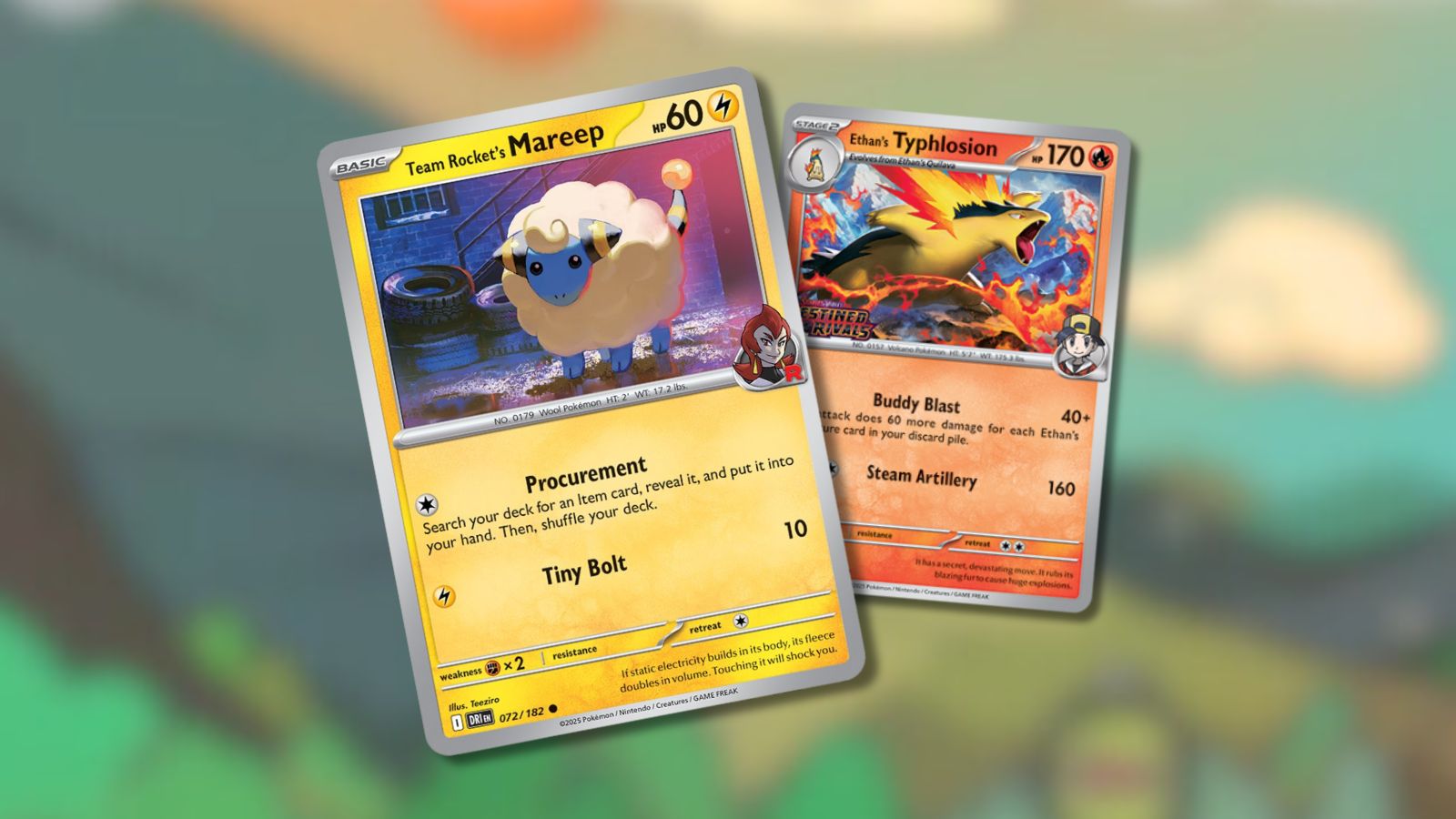
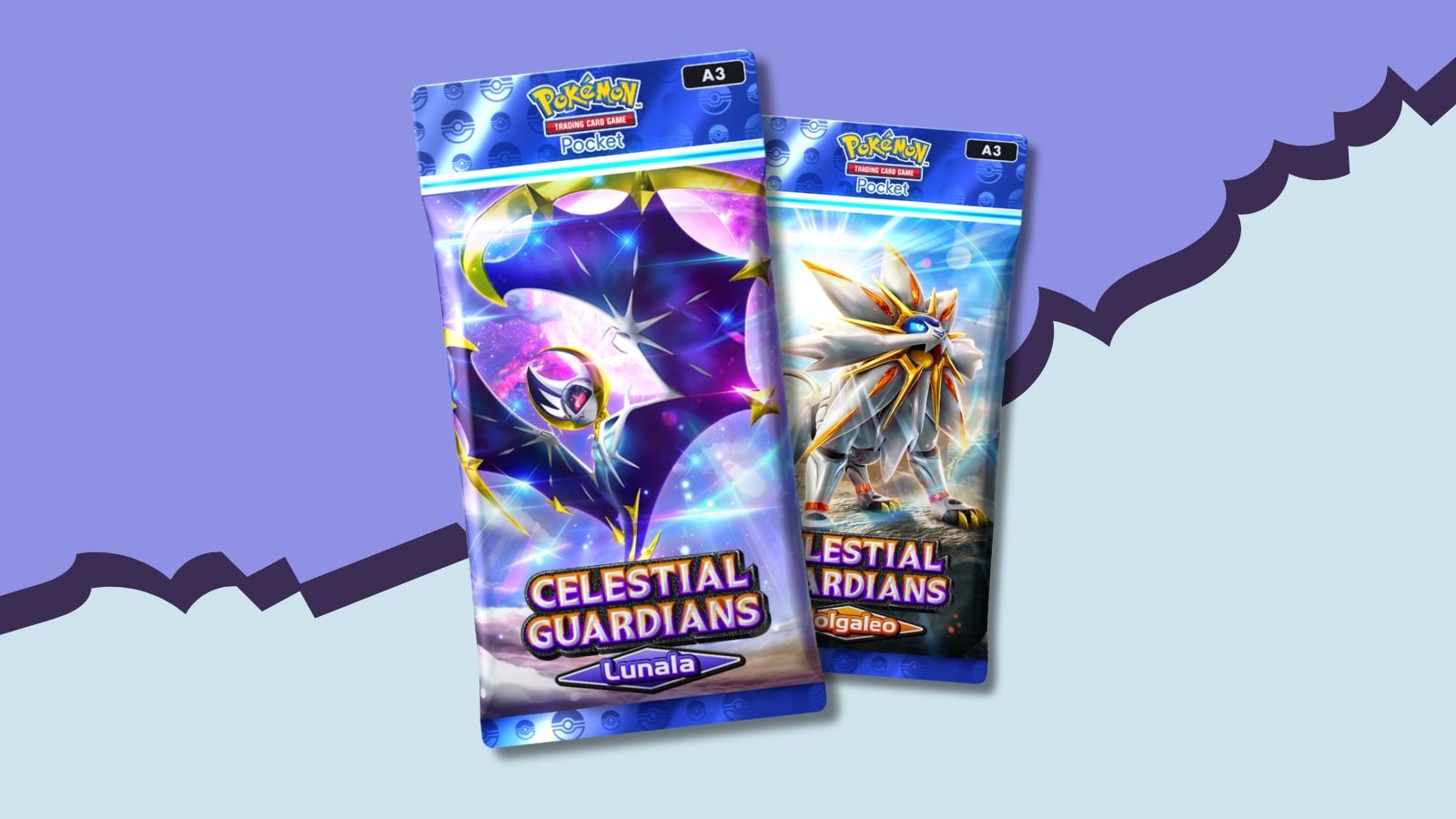
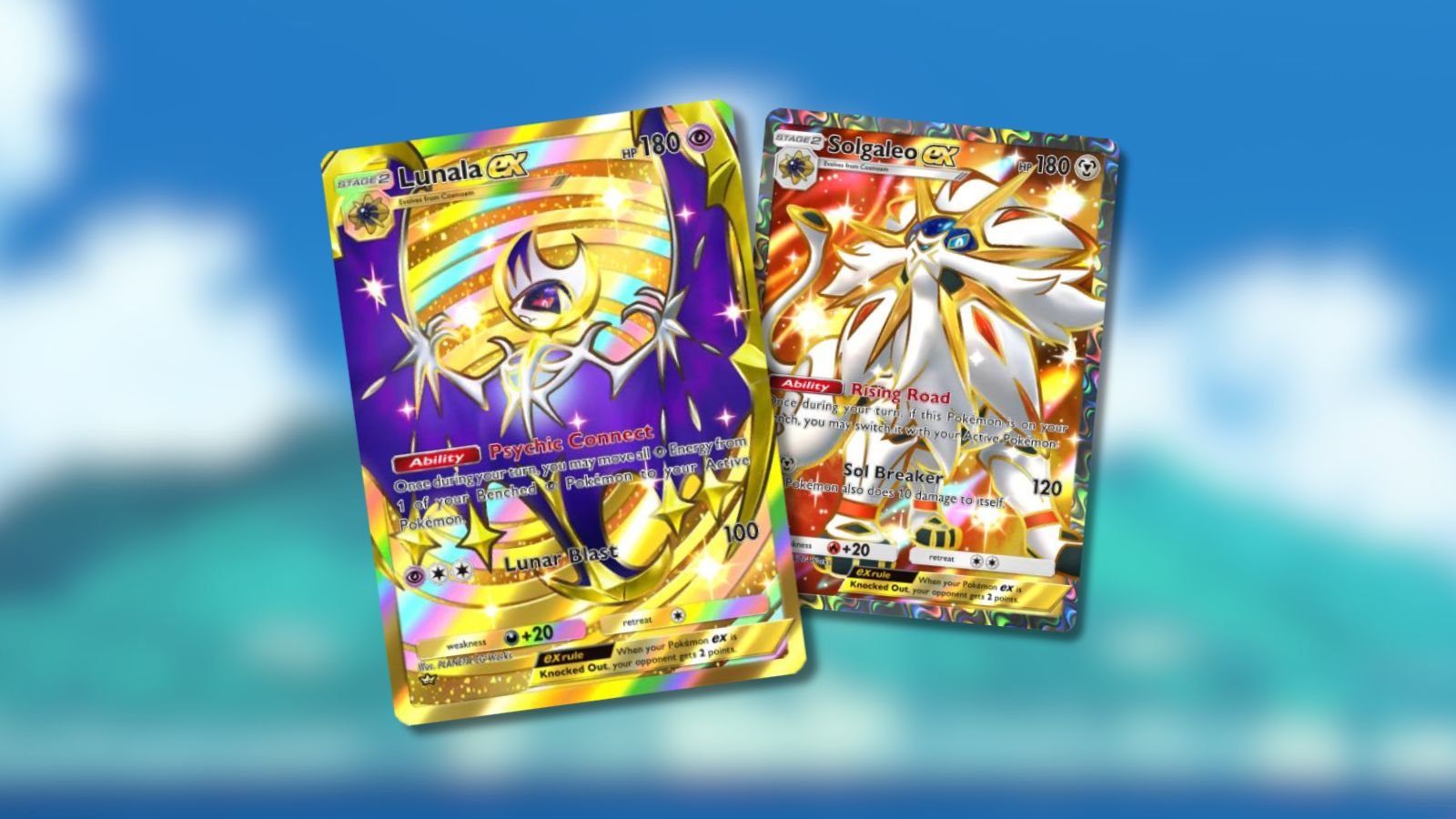
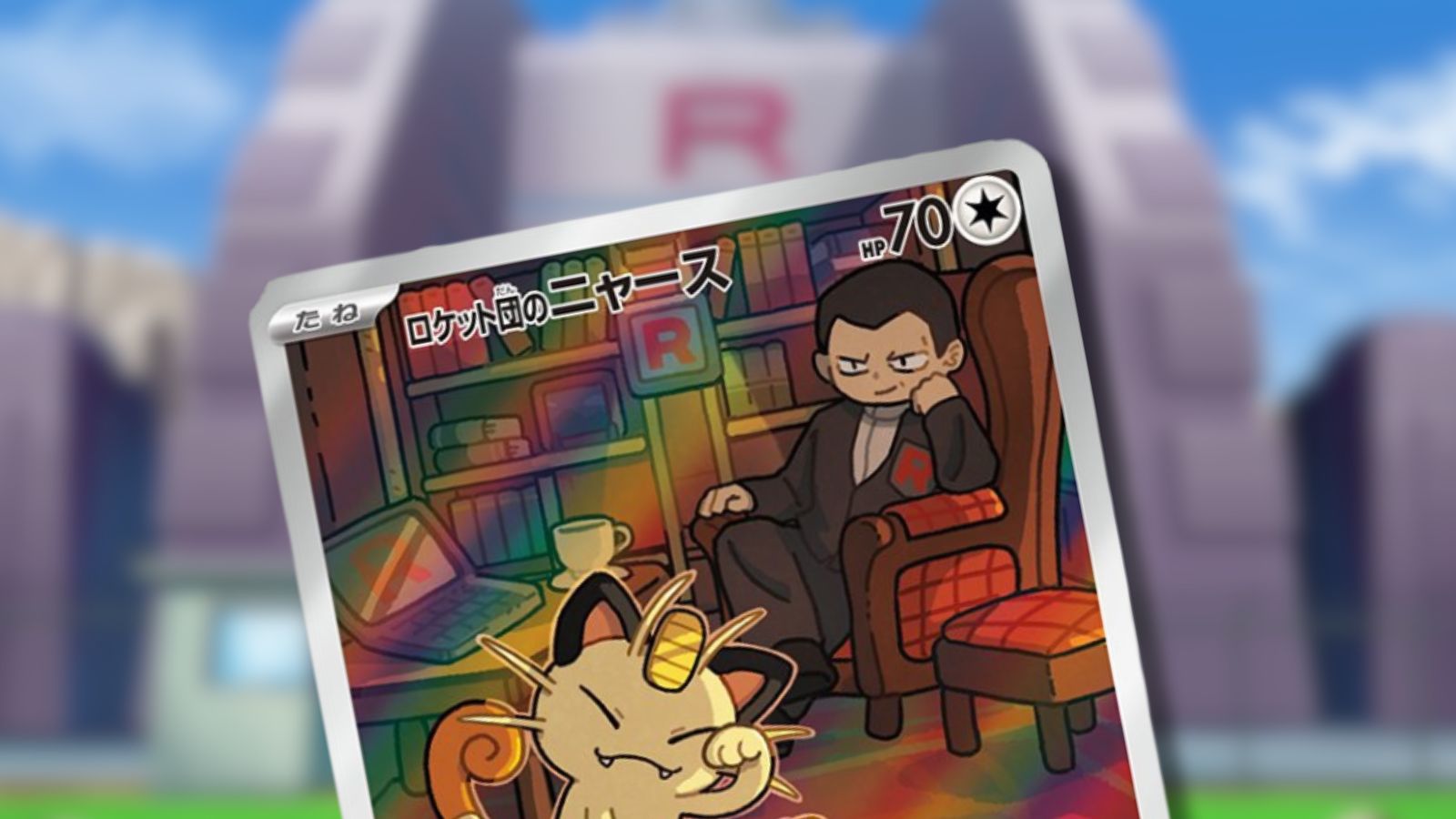
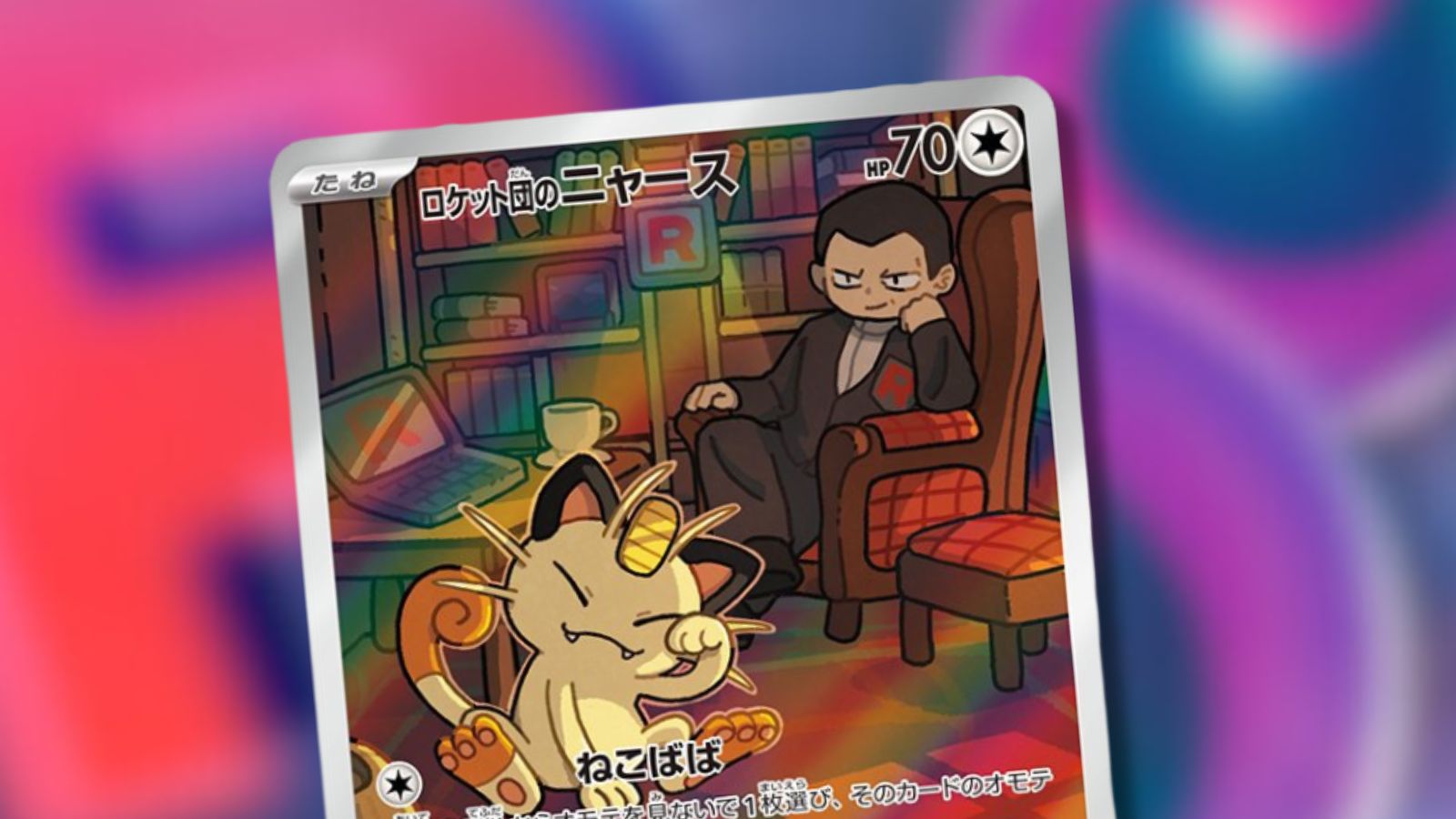
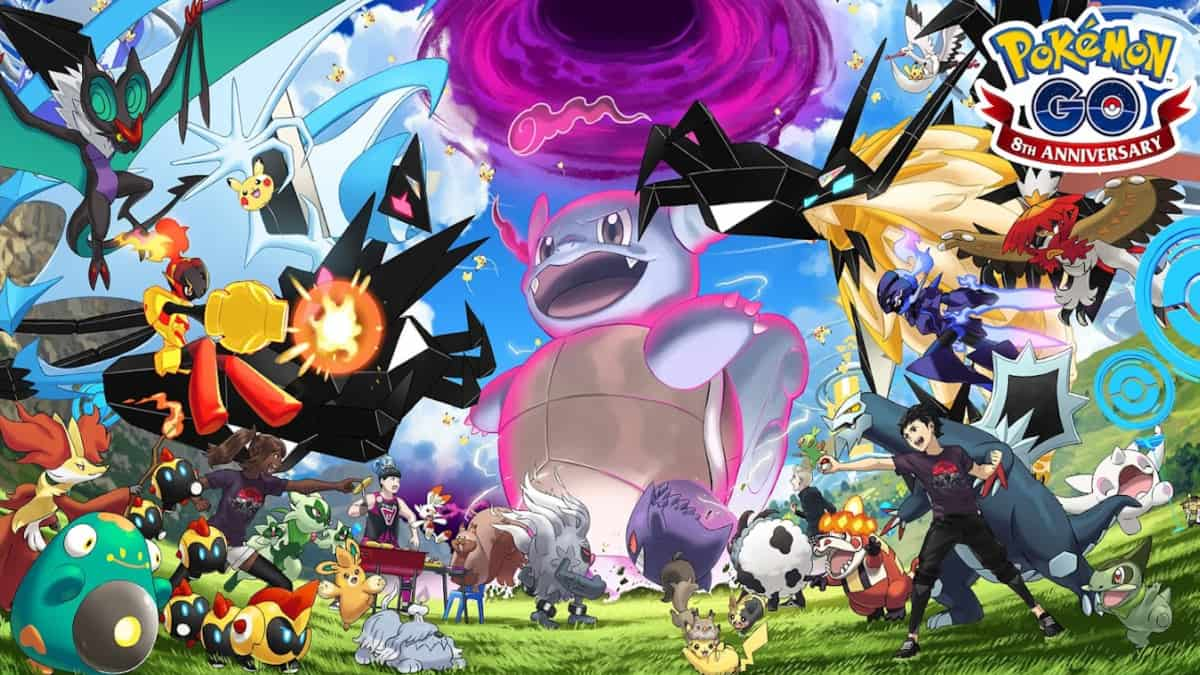
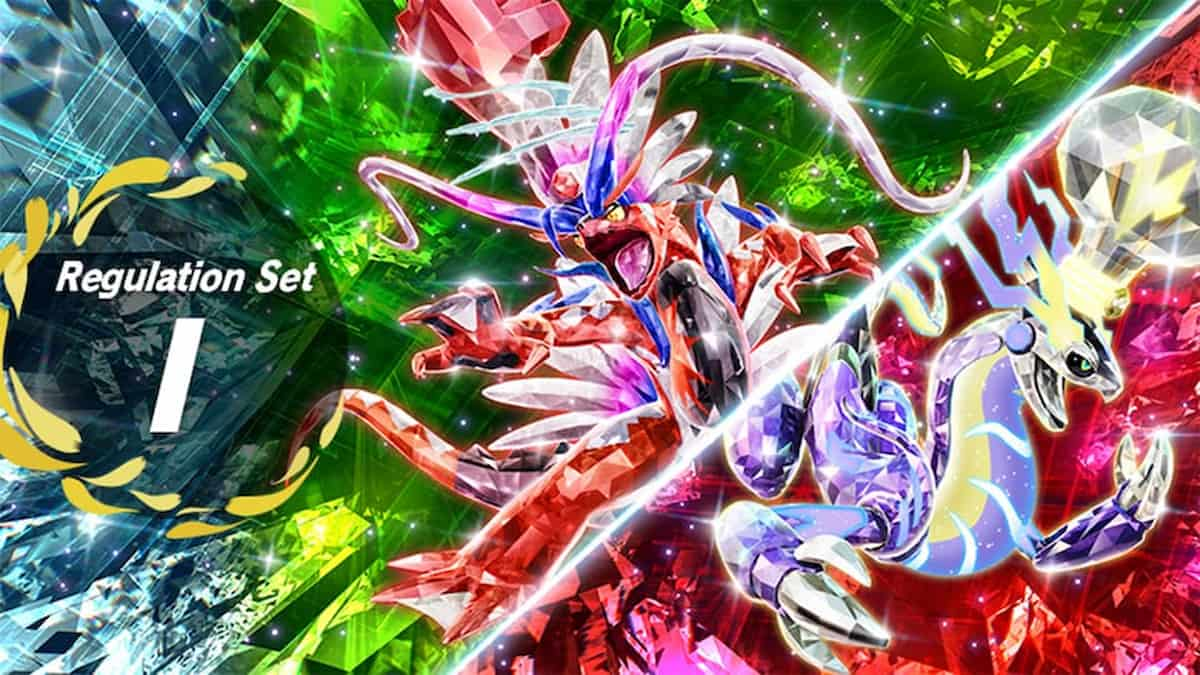
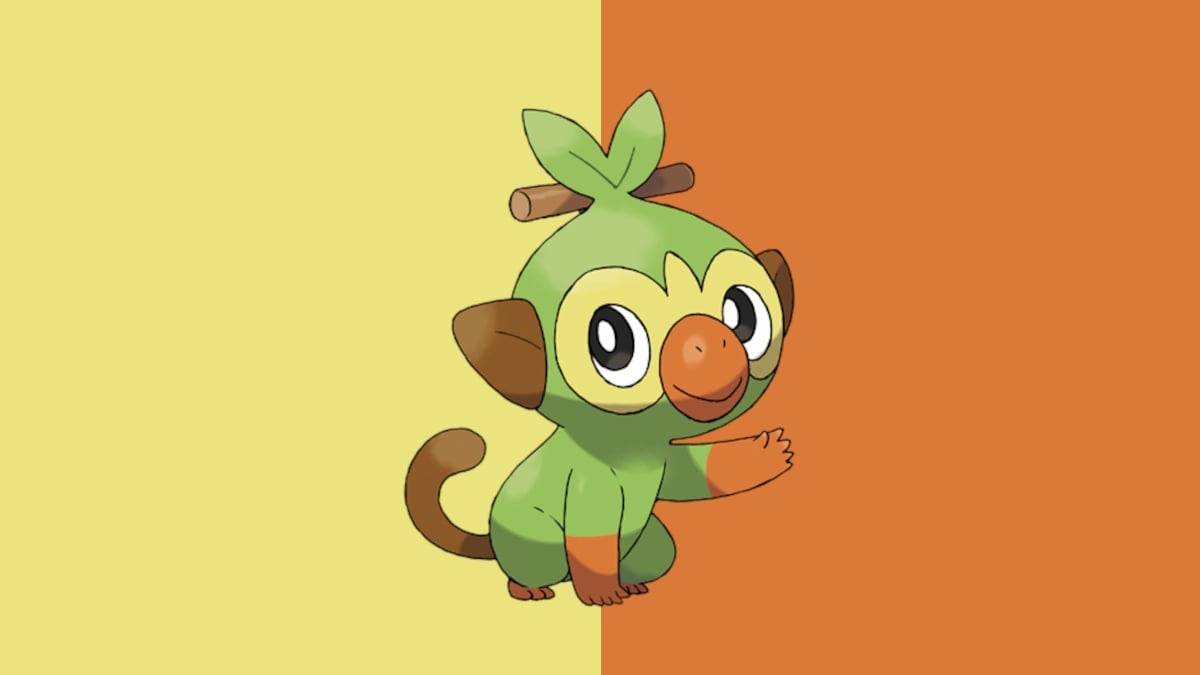

Published: Mar 15, 2023 02:53 am